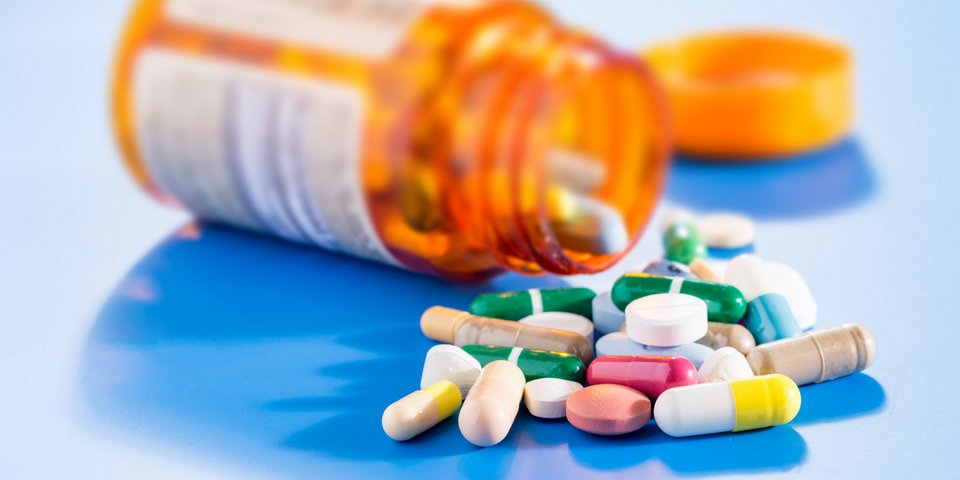 iStockphoto/luchschen
iStockphoto/luchschenMedicines for children and rare diseases
Intro
RB – 12/2020
On the 25th November 2020, the European
Commission published its impact assessment on the revision of the regulations
covering children’s and rare disease medicines. This revision of the regulations is
one of several measures in the European pharmaceutical strategy that was
published in parallel (News 12/2020).
The impact assessment takes up the findings
of the regulation evaluations. These are to be addressed in the revision of
the regulations. In 2022, the European Commission plans to present a revised
proposal regarding legislation covering children and rare disease medicines.
Evaluation of the regulations
Essentially, the results of the evaluation
of both regulations show that they support research and development (R&D)
into medicinal products for the treatment of children and rare diseases.
Despite the positive developments in new marketing authorisations, 95% of rare
diseases remain untreated.
Of the 142 rare medicinal products
approved, only 28 percent represent new treatments for which no alternative
treatments exist to-date.
In addition to the unsatisfactory
development of new treatments for children and rare diseases, there is a gap
when it comes to accessing innovation in Europe: from Member States with a high
GNP (Gross National Product) to those with a low GNP and from Member States
with huge populations to those with small populations as well as other
attributing factors such as nationally divergent pricing and financing
decisions. There are other restrictions when it comes to accessing medicines,
as the Rare Medicinal Products regulation does not impose an obligation for a
market launch of the medicines in all of the Member States.
On the one hand, the research agenda in the
future must be geared towards the actual, as yet unmet, need for medicines and
on the other hand, legislation must be amended to reflect the state-of-the-art.
Existing financial incentives that have been misused with regard to expanding
indications must be eliminated and inefficient processes within the European
Medicines Agency (EMA) must be slimmed down.
Impact assessment of the revision of the regulations
The revision of the Regulations aims to
ensure that R&D medicinal products for children’s and rare diseases,
especially in the unmet needs area, should be focused on the benefits to
patients. The availability of medicines and the access to them will be improved
in the future. The legislation should be updated to state-of-the-art
legislation based on the weaknesses identified in the evaluation. Finally, the
revision should help to implement effective and efficient processes in
evaluating and authorising medicines for children and rare diseases.
Interaction with the action plan for the protection of intellectual property
The revision of the incentive structures in
the regulation covering children's medicines includes provisions covering SPCs
(Supplementary Protection Certificates) that will extend patent protection for
innovative children’s medicines over time. The published action plan on
Intellectual Property Rights (IPC) and the published evaluation on the SPC Regulation point to the currently
fragmented implementation of SPCs at Member State level. This is the most
serious shortcoming of the system. The resulting non-transparency and
inefficiency is to be replaced by a uniform process. A uniform set of
regulations should offer innovators more security and manufacturers of generic
drugs more planning options.
In order to improve access to innovation,
the European Commission is examining which incentives can be optimised to
protect intellectual property. The aim is to promote innovation for unmet
needs, without overburdening the budgets of national systems.
The following options are mentioned:
- obtaining an SPC that extends patent protection over time,
should be conditional on the rapid completion of a PIP (Paediatric
Investigation Plan) and its market launch in all Member States.
- In addition to the SPCs, so-called "vouchers" could
also be issued for innovations, for treatment methods against paediatric
diseases that are still lacking, which will accelerate the testing and
approval processes for future medicines from the manufacturers.
- Waiving an SPC. SPCs could be replaced by
"vouchers", which would provide focused R&D support for selected
indications.
A public consultation is scheduled for the
first quarter of 2021. The revised proposals for the regulations are to follow
in the first quarter of 2022.
